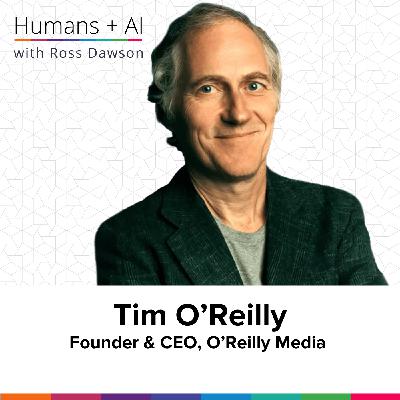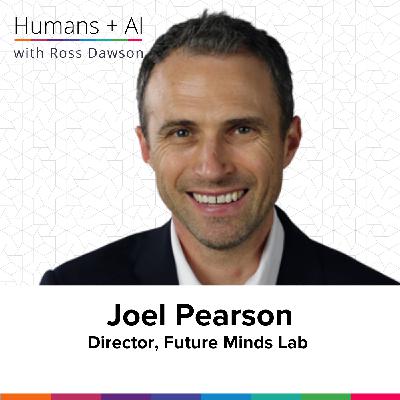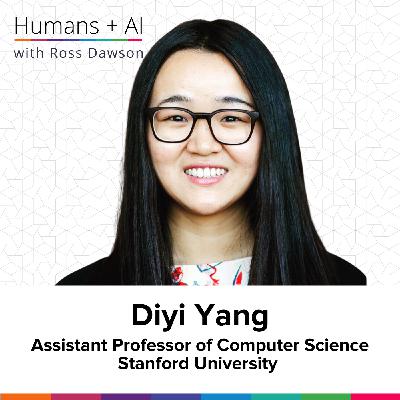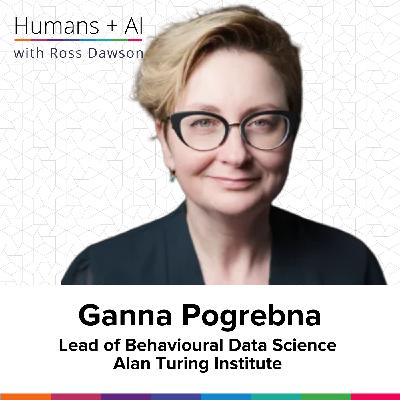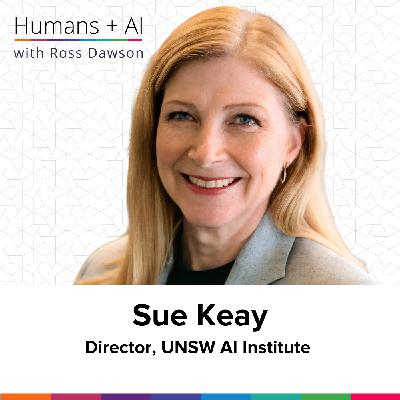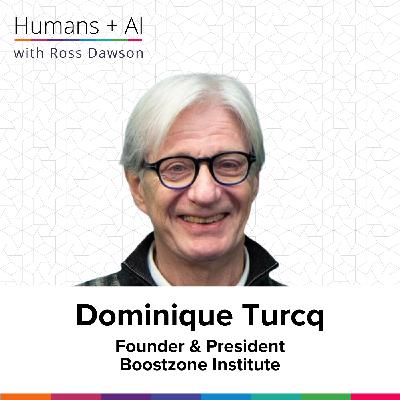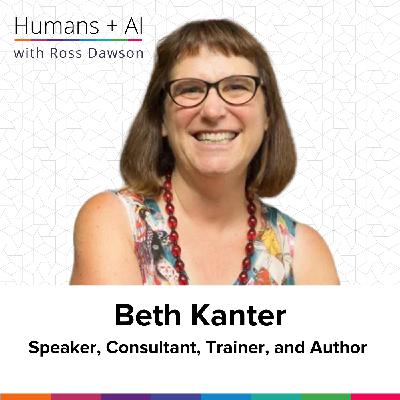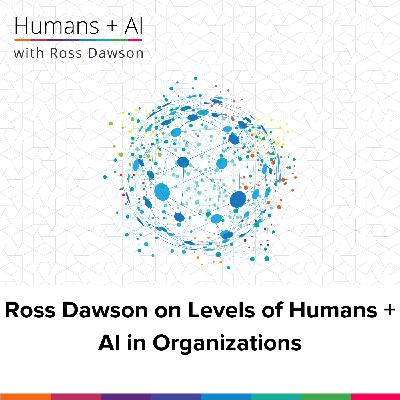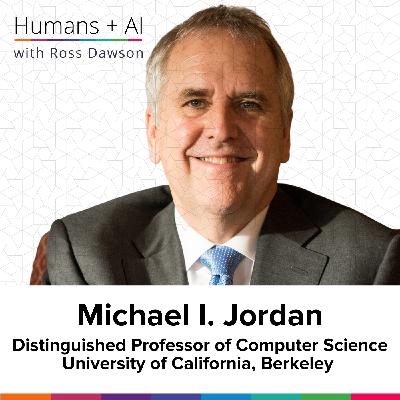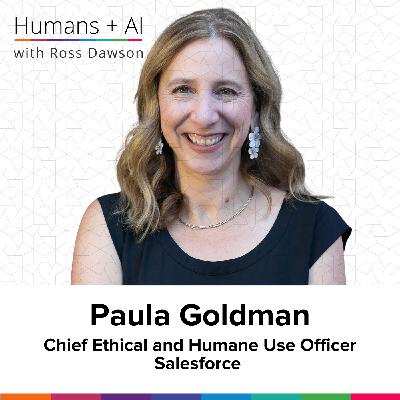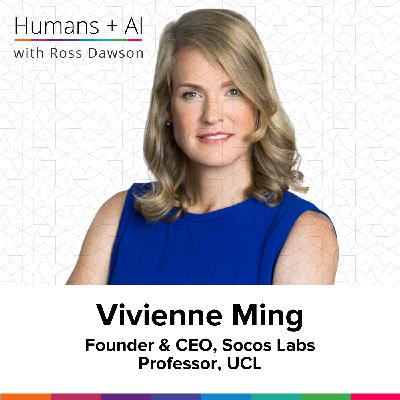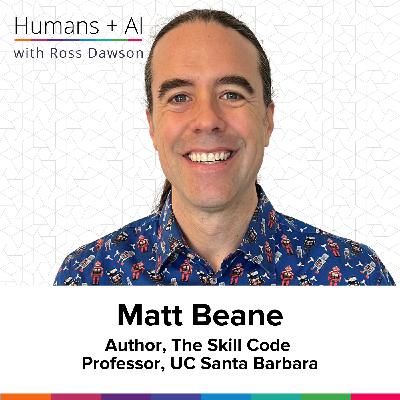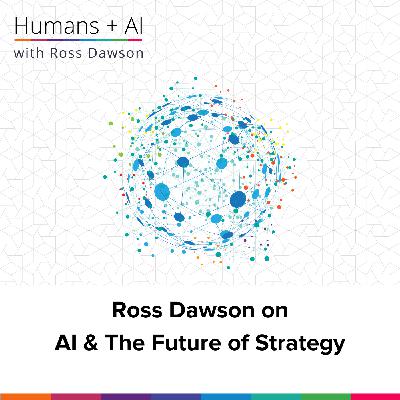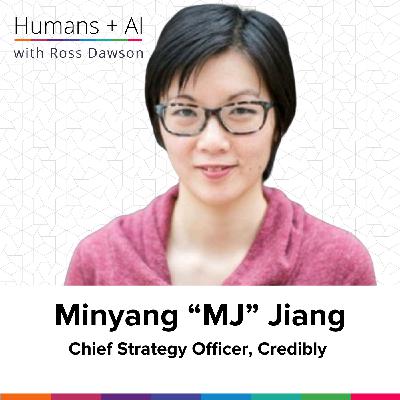Tim O’Reilly on AI native organizations, architectures of participation, creating value for users, and learning by exploring (AC Ep11)
Description
“We’re in this process where we should be discovering what’s possible… That’s what I mean by AI-native — just go figure out what the AI can do that makes something so much easier or so much better.”
– Tim O’Reilly

About Tim O’Reilly
Tim O’Reilly is the founder, CEO, and Chairman of leading technical publisher O’Reilly Media, and a partner at early stage venture firm O’Reilly AlphaTech Ventures. He has played a central role in shaping the technology landscape, including in open source software, web 2.0, and the Maker movement. He is author of numerous books including WTF? What’s the Future and Why It’s Up to Us.
Website:
LinkedIn Profile:
X Profile:
Articles:
An Architecture of Participation for AI?
AI and Programming: The Beginning of a New Era
What you will learn
Redefining AI-native beyond automation
Tracing the arc of human-computer communication
Resisting the enshittification of tech platforms
Designing for participation, not control
Embracing group dynamics in AI architecture
Unlocking new learning through experimentation
Prioritizing value creation over financial hype
Episode Resources
Transcript
Ross Dawson: Tim, it is fantastic to have you on the show. You were my very first guest on the show three years ago, and it’s wonderful to have you back.
Tim O’Reilly: Well, thanks for having me again.
Ross: So you have seen technology waves over decades and been right in there forming some of those. And so I’d love to get your perspectives on AI today.
Tim: Well, I think, first off, it’s the real deal. It’s a major transformation, but I like to put it in context. The history of computing is the history of making it easier and easier for people to communicate with machines.
I mean literally in the beginning, they had to actually wire physical circuits into a particular calculation, and then they came up with the stored program computer. And then you could actually input a program one bit at a time, first with switches on the front of the computer. And then, wow, punch cards.
And we got slightly higher level languages. First it was big, advanced assembly programming, and then big, advanced, higher level languages like Fortran, and that whole generation.
Then we had GUIs. I mean, first we had command lines. Literally the CRT was this huge thing. You could literally type and have a screen.
And I guess the point is, each time that we had an advance in the ease of communication, more people used computers. They did more things with them, and the market grew.
And I think I have a lot of disdain for this idea that AI is just going to take away jobs. Yes, it will be disruptive. There’s a lot of disruption in the past of computing. I mean, hey, if you were a programmer, you used to have to know how to use an oscilloscope to debug your program.
And a lot of that old sort of analog hardware that was sort of looking at the waveforms and stuff — not needed anymore, right?
I remember stepping through programs one instruction at a time. There’s all kinds of skills that went away. And so maybe programming in a language like Python or Java goes away, although I don’t think we’re there yet, because of course it is simply the intermediate code that the AIs themselves are generating, and we have to look at it and inspect it.
So we have a long way before we’re at the point that some people are talking about — evanescent programs that just get generated and disappear, that are generated on demand because the AI is so good at it. It just — you ask it to do something, and yeah, it generates code, just like maybe a compiler generates code.
But I think that’s a bit of a wish list, because these machines are not deterministic in the way that previous computers were.
And I love this framework that there’s really — we now have two different kinds of computers. Wonderful post — trying to think who, name’s escaping me at the moment — but it was called “LLMs Are Weird Computers.” And it made the point that you have, effectively, one machine that we’re working with that can write a sonnet but really struggles to do math repeatedly. And you have another type of machine that can come up with the same answer every single time but couldn’t write a sonnet to save its life.
<span style="font-weigh

